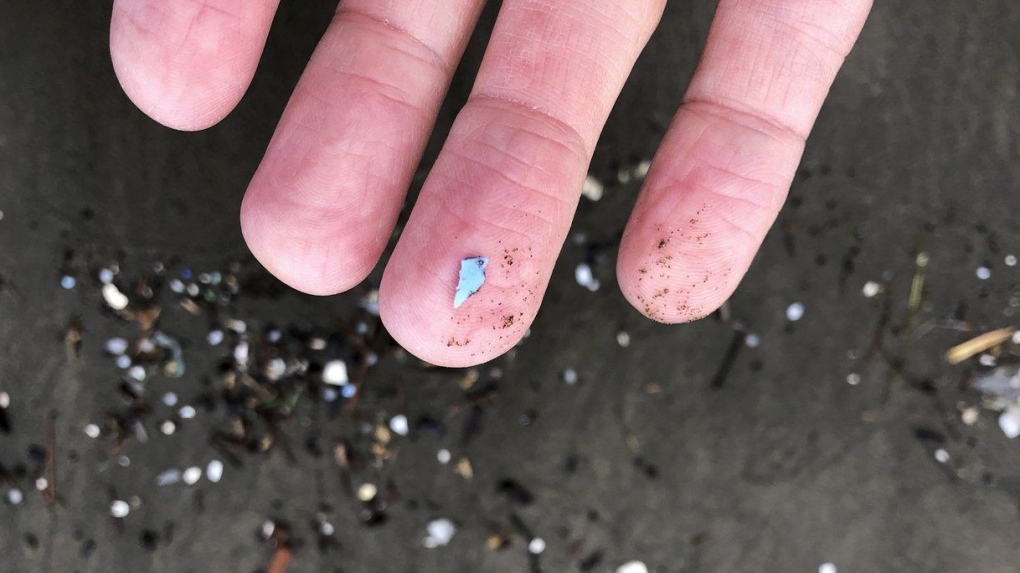When food safety researcher Tianxi Yang became a mother, she wondered how much microplastic her son would ingest when drinking milk out of widely available plastic containers.
She says microplastic exposure and the effects of the tiny particles on human health have been on researchers’ radar for at least a decade.
But testing for microplastics required costly and cumbersome equipment — so Yang set out to create a portable unit that could be used by untrained people at home.
“I think the micro and nanoplastics detection is very meaningful because it allows people to realize how much micro and nanoplastics they’re being exposed to, even though they may not notice,” said Yang, an assistant professor in the faculty of land and food systems at the University of British Columbia.
(Paper is here).



Boy, if only there was a way to brew coffee that didn’t involve forcing boiling water through a disposable plastic cup in a plastic machine…
I gotta wonder how bad my Aeropress is for me lol